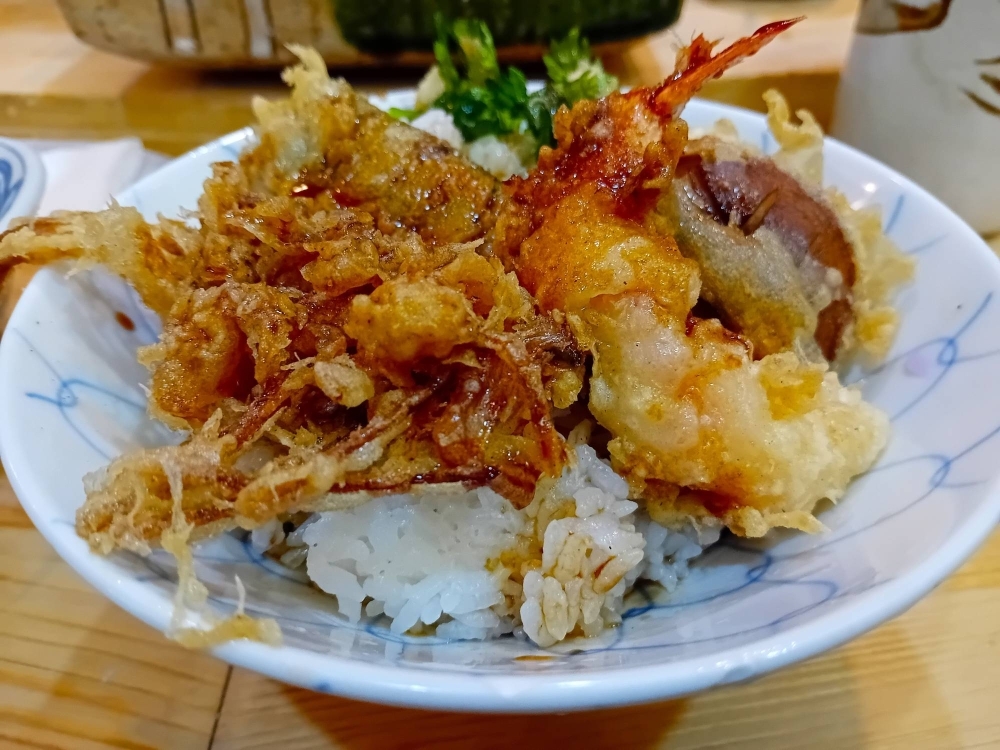If you know tempura, you may be aware that this quintessentially Japanese food has decidedly international origins.
The story goes that the Portuguese introduced the style of deep-frying that became tempura to Japan during the Muromachi Period (1392-1573). This was a turbulent time of near-constant regional strife between vying warlords, each eager to unite the land under one banner. What better fit for those hard times than fried food?
The style is based on peixinhos da horta (literally translated as “little fish from the garden”), fried vegetable treats eaten on days when, according to Catholic tradition, meat, including fish, was forbidden. Known as ember days, Portuguese sailors in Japan would refer to these periods of religious fasting as “tenporas,” and this is thought to be the ancestor of tempura.



